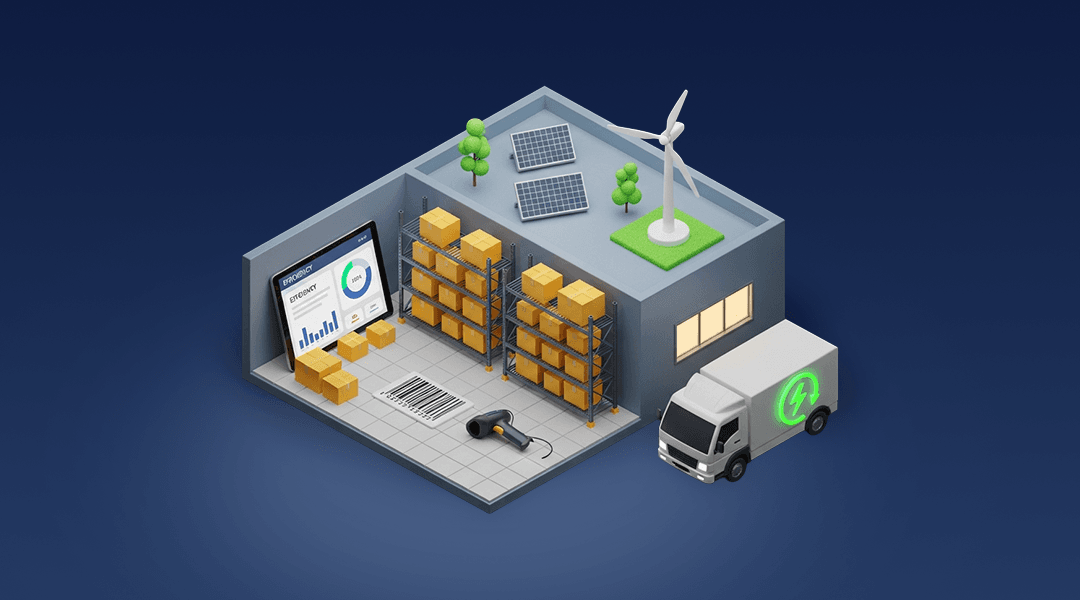Omnichannel Retailer Case Study: Real Metrics Showing Offline + Online Synergy

Table of Contents
Introduction: The Omnichannel Revolution in Retail
Retail has undergone a fundamental shift, with businesses realising that integrating digital channels with physical stores creates a seamless omni channel experience. The challenge for retailers has been to synchronise their online and offline operations effectively while ensuring customers receive a consistent shopping experience across all touchpoints.
A true omni-channel strategy goes beyond simply selling online and offline—it involves deep integration of inventory, customer data, order fulfilment, and customer service. This case study highlights the real-world impact of a well-executed omnichannel strategy, showcasing tangible metrics that prove the synergy between physical and digital retail.
The Case Study: Omnichannel Retail Success
In this study, we explore how an enterprise retailer used omnichannel strategies to bridge the gap between e-commerce and physical stores. We will break down the real metrics, strategies, and outcomes that led to increased sales, customer satisfaction, and operational efficiency.
Company Overview
- Industry: Fashion & Apparel
- Regions Covered: Middle East & North Africa (MENA)
- Retail Model: Multi-channel (Physical Stores + E-commerce)
- Tech Stack: Order Management System (OMS), Warehouse Management System (WMS), and Point-of-Sale (POS) integrated into a single omnichannel solution.
Key Challenges Before Implementing Omnichannel Retailing
Before the omnichannel transformation, the retailer faced several issues:
- Inventory Silos – Online and offline stock levels were not synchronised, leading to frequent stockouts and overselling.
- Inconsistent Customer Experience – Customers faced discrepancies in pricing, promotions, and product availability across different channels.
- High Fulfillment Costs – Separate inventory pools for online and offline channels increased storage and logistics expenses.
- Slow Order Processing – Manual order routing resulted in delays and inefficiencies in fulfilment.
- Limited Customer Insights – Lack of centralised customer data made it difficult to personalise marketing and engagement efforts.
The Omnichannel Solution
The retailer adopted a fully integrated omni channel retail system combining an Order Management System (OMS), Warehouse Management System (WMS), and Point-of-Sale (POS). This allowed the business to:
- Unify inventory across all channels.
- Offer seamless order fulfillment (Buy Online, Pick Up In-Store - BOPIS).
- Enable customer data sharing across platforms.
- Implement automated order routing for faster and cost-effective deliveries.
The Metrics That Prove Omnichannel Success
To assess the impact of the transformation, we measured performance across key metrics:
1. Sales Growth Across Channels
📈 Result: 30% increase in total revenue
- Online sales grew by 45% post-implementation.
- In-store purchases increased by 18%, driven by improved stock availability and cross-channel promotions.
- Customers who shopped across both online and offline platforms had a 2.5x higher lifetime value (LTV) than single-channel shoppers.
Key Takeaway: Omnichannel strategies do not cannibalise offline sales—they drive overall business growth.
2. Inventory Accuracy & Stock Efficiency
📊 Result: 98% inventory accuracy rate (up from 82%)
- Real-time stock syncing between physical and digital channels reduced stockout incidents by 50%.
- Faster restocking based on unified demand forecasting cut excess inventory by 22%, optimising warehouse space.
Key Takeaway: Synchronising inventory across digital and physical stores prevents lost sales and reduces holding costs.
3. Customer Satisfaction & Retention
🛍️ Result: Customer retention improved by 28%
- 80% of online shoppers used BOPIS at least once, enhancing convenience.
- Returns were 40% lower due to better product information and inventory visibility.
- Customers who engaged across multiple channels had a 35% higher repeat purchase rate.
Key Takeaway: Omnichannel customers are more loyal and spend more than single-channel shoppers.
4. Fulfillment & Logistics Optimization
🚚 Result: Order fulfillment time reduced by 40%
- Intelligent order routing minimised delivery time, leading to a 20% drop in logistics costs.
- Click & Collect orders increased by 55%, cutting last-mile delivery expenses.
- 30% of store returns were resold locally, reducing reverse logistics costs.
Key Takeaway: Omnichannel fulfillment optimises logistics, reducing costs while improving service levels.
Strategies That Led to Success
Implementing an omnichannel strategy is not just about adopting new technology. The retailer focused on key tactics that drove results:
1. Centralising Inventory with a Unified OMS
- The Order Management System (OMS) acted as the backbone, ensuring stock visibility across all digital channels and physical stores.
- Automated stock allocation enabled fulfillment from the nearest location, reducing shipping costs.
2. Enabling a True Omni-Channel POS
- The POS system integrated online and offline customer data, allowing seamless returns and exchanges across all locations.
- Unified promotions and discounts ensured pricing consistency, eliminating discrepancies between stores and digital platforms.
3. Implementing Smart Fulfillment with WMS
- AI-driven warehouse management optimised picking, packing, and dispatching.
- Intelligent order routing ensured the fastest and most cost-effective delivery method for each order.
4. Leveraging Data for Personalisation
- The retailer used omnichannel analytics to track customer journeys and personalise recommendations.
- Targeted promotions based on past purchases and location improved engagement and conversion rates.
Lessons for Other Retailers
1. Invest in a Robust Omnichannel Tech Stack
- A combination of OMS, WMS, and POS is essential for a frictionless customer experience.
- Ensure real-time stock synchronisation across all platforms.
2. Prioritise Convenience & Flexibility
- Offer multiple fulfillment options like BOPIS, same-day delivery, and in-store returns.
- Allow customers to start shopping on one channel and complete it on another.
3. Use Data to Drive Engagement
- Collect and analyse customer behavior across channels.
- Implement AI-driven recommendations to boost sales and retention.
4. Align Business Operations
- Train store staff to handle omnichannel transactions seamlessly.
- Ensure marketing, sales, and logistics teams are aligned on cross-channel strategies.
Conclusion: Omnichannel Is the Future of Retail
This case study demonstrates that integrating digital channels with offline retail is a growth driver, not a challenge. With real-time inventory management, seamless order fulfillment, and data-driven customer engagement, businesses can enhance both operational efficiency and customer satisfaction.
The future of retail lies in creating a unified, flexible, and data-driven omnichannel experience. Retailers who embrace this transformation will outperform competitors, reduce costs, and boost customer loyalty.
If you're looking to optimise your omni-channel retail strategy, adopting an integrated retail technology stack is the first step toward success.
FAQs
1. What is omnichannel retailing? Omnichannel retailing is the integration of digital and physical shopping experiences, ensuring seamless interactions across all sales channels.
2. How does omnichannel improve customer experience? It offers convenience, personalised engagement, and flexible fulfillment options like BOPIS, same-day delivery, and in-store returns.
3. What technology is essential for omnichannel success? A robust Order Management System (OMS), Warehouse Management System (WMS), and Point-of-Sale (POS) are critical for real-time operations and customer satisfaction.
4. How does omnichannel retail reduce costs? It optimises inventory management, reduces logistics expenses, and increases customer retention, resulting in higher profitability.
This comprehensive case study provides actionable insights on how real metrics demonstrate the power of omnichannel retailing. Are you ready to transform your business? 🚀























